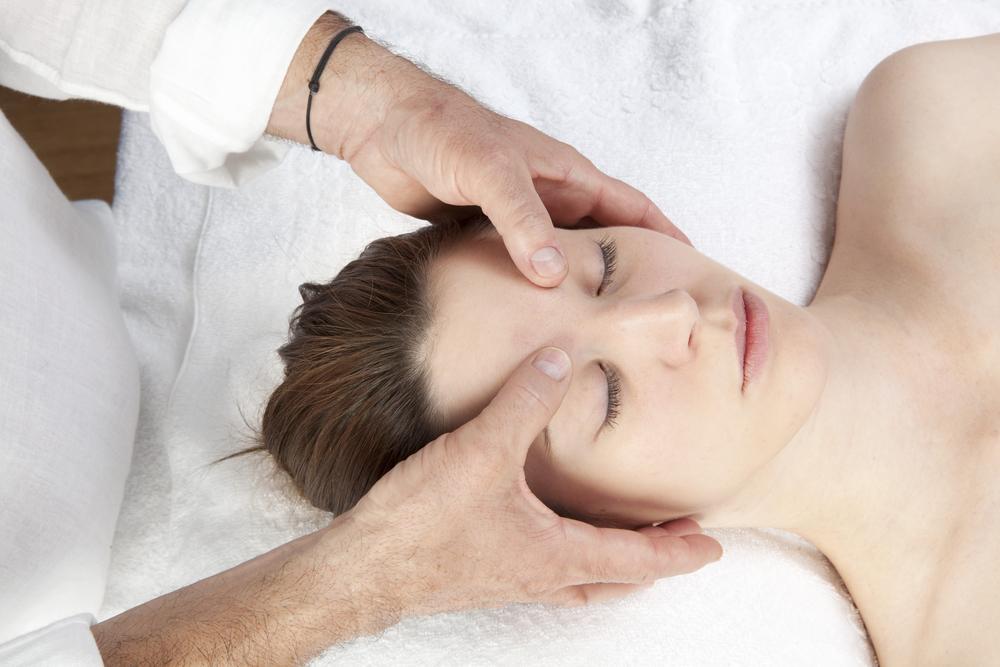Comprehensive Guide to Headache Symptoms and Natural Relief Strategies
This comprehensive guide explores headache symptoms, various types, their causes, and effective natural remedies. It emphasizes the importance of recognizing symptoms to differentiate between common headaches and more severe conditions like migraines and aneurysms. The article discusses lifestyle changes, natural treatments like hydration and essential oils, and alternative therapies such as acupuncture and meditation, providing readers with a wide range of options to manage headaches safely and effectively. Perfect for those seeking natural relief and a better understanding of head pain management.

Complete Understanding of Headache Symptoms, Types, and Natural Treatment Approaches
An in-depth look at headache symptoms, different categories, causes, and effective natural remedies
Headaches are one of the most common neurological complaints affecting people across all age groups and backgrounds. They can range from mild discomfort to debilitating pain, significantly impacting daily life, productivity, and overall well-being. Recognizing the symptoms and understanding the various types of headaches is crucial for proper management and timely medical intervention when necessary. Fortunately, numerous natural remedies and lifestyle modifications can significantly alleviate headache symptoms, enabling individuals to manage discomfort without solely relying on medication. This comprehensive guide explores the key symptoms to watch for, the different classifications of headaches, their potential causes, and natural treatment options that can help you find relief effectively and safely.
Recognizing the Key Symptoms of Headaches
Headache symptoms can vary considerably depending on the specific type and underlying cause. Some common signs that indicate a headache requires attention include:
Mild to moderate sensation of pressure or tightness across the head, often described as a band squeezing around the forehead or sides (frequent in tension headaches).
Severe, pulsatile pain that may be localized to one side or on both sides of the head, often accompanied by nausea, sensitivity to light or sound (characteristic of migraines).
Intense pain localized around one eye, often with redness, tearing, or nasal congestion, typical of cluster headaches.
Understanding these symptoms helps in distinguishing among different headache types and guiding appropriate management strategies.
Categories and Types of Headaches
Tension Headaches: These are the most common, characterized by a persistent dull ache or pressure that feels like a band around the head. They may also involve tightness in neck and shoulder muscles. Tension headaches can be episodic, occurring occasionally, or chronic, happening more than fifteen days a month over a period of three months or longer.
Migraines: Known for their intense throbbing or pulsating pain, migraines often come with additional symptoms like dizziness, visual disturbances (auras), and nausea. They can last from several hours to days and may be triggered by specific factors such as hormonal changes, certain foods, stress, or environmental stimuli.
Rebound Headaches: These occur due to the overuse of pain-relief medications, such as aspirin, acetaminophen, or opioids. Symptoms often include persistent headache and neck discomfort, especially in individuals relying heavily on medication for relief.
Cluster Headaches: These are rare but exceedingly painful, characterized by brief, intense episodes of pain around the eye, often lasting from fifteen minutes to three hours. They tend to occur in cyclical patterns or clusters, with multiple attacks happening daily during a cluster period.
Thunderclap Headaches: Extremely severe and sudden, these headaches are rare but dangerous signs of underlying health issues like aneurysms or bleeding in the brain. Immediate medical attention is critical when experiencing these symptoms.
Understanding Underlying Causes of Headaches
Primary Headaches: These are not caused by other health conditions but result from overactivity or dysfunction within pain-sensitive structures of the head and neck. Common primary headaches include tension headaches, migraines, and cluster headaches.
Secondary Headaches: These are symptoms of an underlying medical condition such as dehydration, alcohol consumption, head trauma, brain tumors, infections, blood clots, or medication overuse. Identifying secondary causes is essential for appropriate treatment.
Effective Natural Remedies to Relieve Headache Pain
Many headaches can be alleviated through simple yet effective natural remedies and lifestyle adjustments, helping reduce reliance on medication and improve overall well-being. Noteworthy remedies include:
Staying Hydrated: Dehydration is a common trigger for headaches. Drinking plenty of water throughout the day helps maintain hydration and can significantly reduce headache severity.
Magnesium Supplements: Studies have shown that magnesium plays a critical role in preventing and reducing headache frequency, especially migraines.
Prioritize Quality Sleep: Adequate rest and consistent sleep schedules are vital for preventing headaches. Poor sleep or irregular sleep patterns can trigger or worsen headache episodes.
Limit Alcohol Consumption: Alcohol can dehydrate the body and trigger headaches, especially in sensitive individuals. Limiting or avoiding alcohol can prevent related headaches.
Use Essential Oils: Peppermint and lavender essential oils have calming and analgesic properties. Applying diluted peppermint oil on the temples or inhaling lavender oil aroma can provide soothing relief.
B-Complex Vitamins: These vitamins support nerve health and may reduce the intensity and frequency of severe headache episodes.
Cold Compresses: Applying a cold pack to the forehead or behind the neck can constrict blood vessels and diminish headache pain efficiently.
Complementary and Alternative Therapies for Headache Relief
When used under medical supervision, various alternative therapies can enhance headache management. These methods include:
Acupuncture: This traditional Chinese medicine technique can help balance energy flow and reduce headache frequency and intensity.
Herbal and Natural Supplements: Herbs like butterbur, Feverfew, and supplementing with coenzyme Q10 have shown promise in headache prevention and relief.
Hypnotherapy: Guided relaxation through hypnotherapy can reduce stress and help manage recurring headaches.
Meditation and Mindfulness: Regular practice of meditation can lower stress levels, decrease muscle tension, and reduce headache occurrence.
In conclusion, understanding the various forms, symptoms, and causes of headaches, combined with natural and lifestyle-based remedies, can empower individuals to manage pain effectively. While many headaches are benign and respond well to home treatments, persistent or severe symptoms should always prompt consultation with healthcare professionals to rule out serious underlying conditions and ensure proper care.





